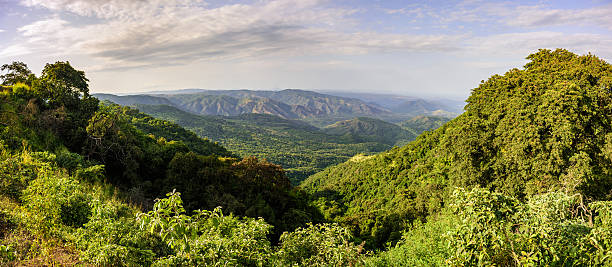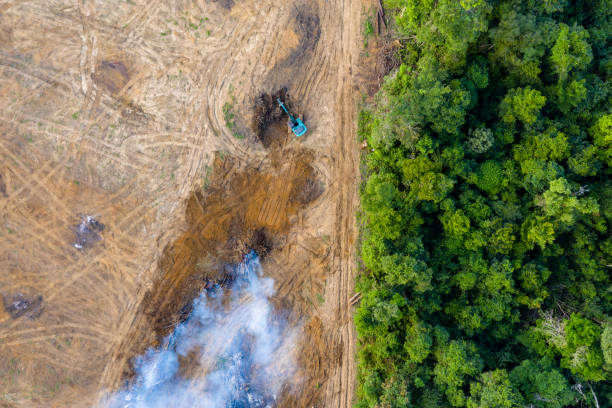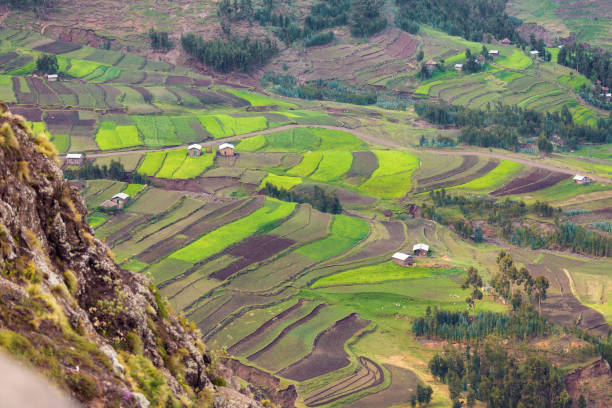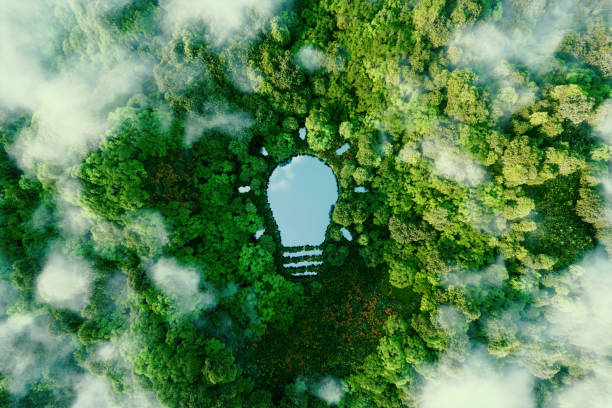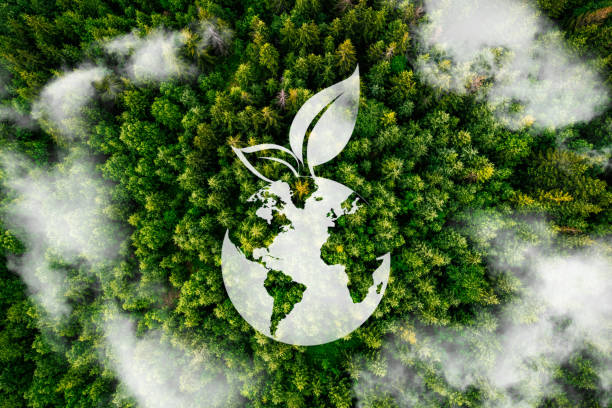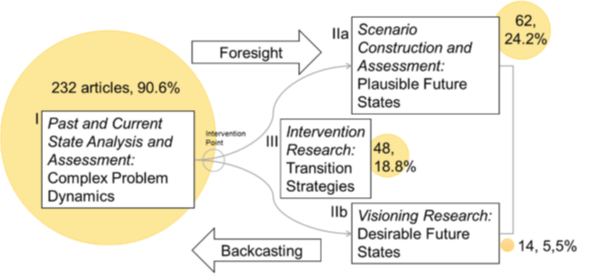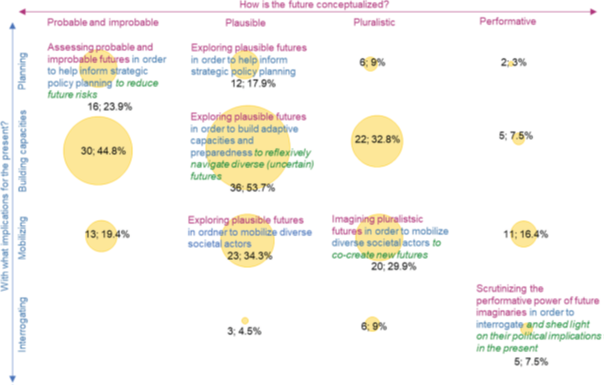Ecosystem restoration is the process of assisting the recovery of an ecosystem that has been damaged, degraded or destroyed, mostly due to human activities. Restoration activities hold immense promise for addressing pressing environmental challenges such as biodiversity loss or climate change. But how do we scale up our restoration efforts to achieve meaningful and lasting impact? How can the new demands on restoration and the need to address complex social-ecological dynamics be met? Let’s explore the factors that influence the scale and scope of restoration initiatives…
Social and ecological factors are strongly interconnected in shaping restoration ambition. Ecological considerations such as habitat connectivity, species diversity, and ecosystem resilience play a crucial role in determining the scale and scope of restoration initiatives. But social factors such as governance structures, institutional capacity, and community engagement are equally important.
An example: At the local level, restoration efforts may be driven by community-led initiatives aimed at restoring degraded ecosystems and improving livelihoods. These projects then often rely on traditional knowledge, local resources, and social networks to achieve their goals, which emphasizes the importance of community empowerment and participation in restoration activities. In contrast, at the regional or national level, restoration ambition may be driven by broader policy goals such as climate change mitigation, biodiversity conservation, or sustainable land management. In these cases, restoration efforts are often guided by national strategies, legal frameworks, and funding mechanisms aimed at scaling up restoration activities and achieving landscape-scale impact.
However, scaling up restoration ambition from local to landscape levels is not without its challenges. Desirable goals can get in each other’s way, and then actors have to handle complex decisions regarding which ambitions to pursue to which degree. This can hinder progress and undermine the effectiveness of restoration efforts. Addressing these challenges requires a multi-level approach. The “social-ecological ladder of restoration ambition” aims to do this.

(Source: iStock)
Said ladder is a conceptual model to approach dynamically shifting social and ecological restoration goals, and can therefore help to navigate the common challenges that come up with restoration projects. What this ladder can do:
- illustrating that both social and ecological goals are important
- underlining that goals change over time
- increasing awareness of restoration challenges and trade-offs
- indicating ways to foster synergies through time
- encouraging iterative assessments of restoration projects (adaptive management!)
In addition to addressing all these specific challenges, the social-ecological ladder of restoration ambition helps to improve restoration science and practice: It views restoration sites as social-ecological systems. And it makes restoration more adaptive and dynamic, which is becoming more and more important in the context of global environmental change. So the ladder basically (and literally?) helps us climb towards an increasingly more sustainable world.
If you want to read more about this topic, you can find the whole paper HERE.
Frietsch, M., Pacheco-Romero, M., Temperton, V.M., Kaplin, B.A., Fischer, J. The social–ecological ladder of restoration ambition. Ambio (2024). https://doi.org/10.1007/s13280-024-02021-8
Text by Isabelle Andres








